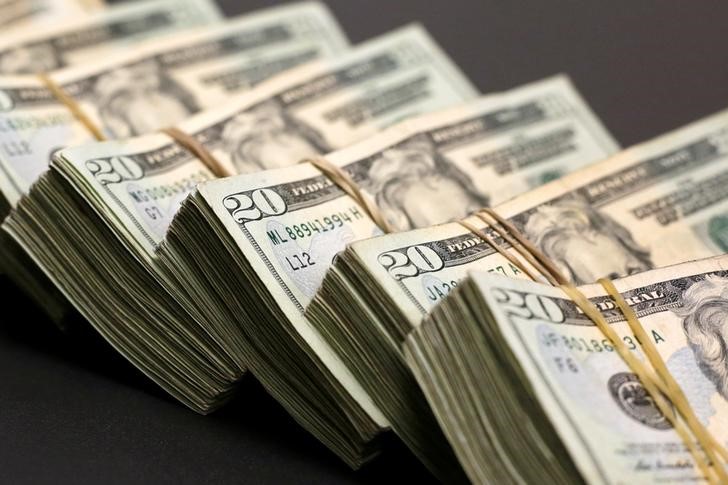By Gail MarksJarvis
CHICAGO - After turning miserly when the Great Recession began nearly 10 years ago, U.S. employers are loosening their purse strings and giving workers more money to boost retirement savings.
Recently, some companies – ranging from Nationwide [NMUIC.UL] to Honeywell – said they will devote funds from the new tax cut to employee 401(k) matches. Yet, even before the tax cut, companies had become more generous with retirement plan matches and profit sharing as their financial fortunes improved.
In 2016, employers gave retirement matches averaging 4.6 percent of worker pay – more than double the level of 2009 and a large increase over 2015’s 3.8 percent, according to a national survey of small and large employers just completed by the Plan Sponsor Council of America (PSCA).
In the depths of the recession, retirement matches plunged to 2.1 percent of worker pay, as many companies hoarded cash.
Companies are increasing 401(k) matches to make up for the demise of pension plans. Others want to recruit and retain workers in competitive fields, said Jack Towarnicky, PSCA executive director.
Regardless of the reason, matching money is crucial to employees because most individuals do not save enough. Almost half of employees will not have what they need for retirement, according to the Center for Retirement Research at Boston College.
Employees, on average, save 6.8 percent of pay, according to the PCSA. That falls short of the 10 percent recommended for people who start saving in their 20s.
It is significantly less than the 12 percent to 15 percent of pay recommended for people who delay saving until their 30s. Matching money provides a gigantic lift to inadequate savings. Research shows people are motivated to save more to take advantage of their employer's largesse.
The most common matching formula used by companies gives employees an extra 3 percent of pay in a 401(k) if they save 6 percent on their own. In other words, the company matches half of every dollar the employee saves, up to 6 percent of pay.
POWER OF COMPOUNDING
The impact over time is huge. A 30-year-old earning $50,000 and retiring at age 67 would have about $1 million if he or she saved 7 percent of pay and received the 3 percent match each year of work. Without the match, an individual would accumulate just $736,000, assuming the investments earned an average of 7 percent a year, according to the Dinkytown retirement calculator (https://www.dinkytown.net/java/Retire401k.html).
With $1 million a person could spend about $40,000 a year in retirement. But $736,000 would limit safe spending to $29,400.
About 6 percent of companies now match half of savings ranging from 7 percent to 10 percent, according to the PSCA survey.
Employers offer a match to encourage plan participants to contribute at higher rates, said Lori Lucas, president and chief executive of Employee Benefits Research Institute. “They worry that lower-wage workers will not be able to afford to contribute more and will not be able to get the full match.”
Indeed, low-income workers in 2016 contributed, on average, 6.1 percent of their pay to their 401(k), while higher paid people on average socked away 7 percent, PSCA found.
About 20 percent of people with 401(k)s were not participating at all.
“We’ve made so much progress with those covered by 401(k)s,” Lucas said. “But it’s the haves and the have-nots. Even if they go 10 years without a 401(k), they have lost valuable time.”
